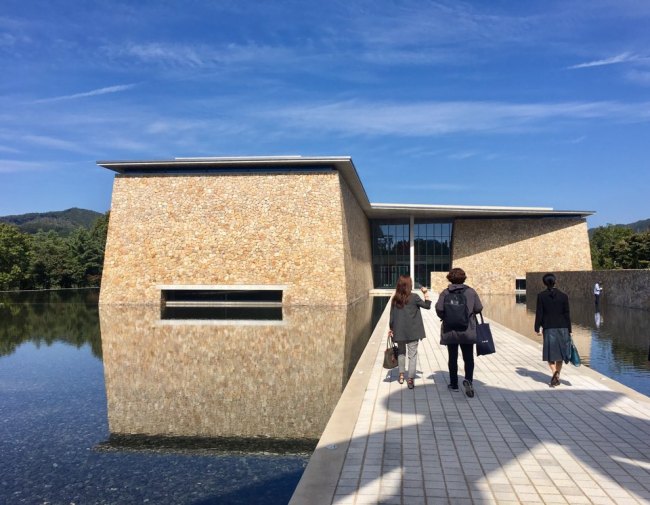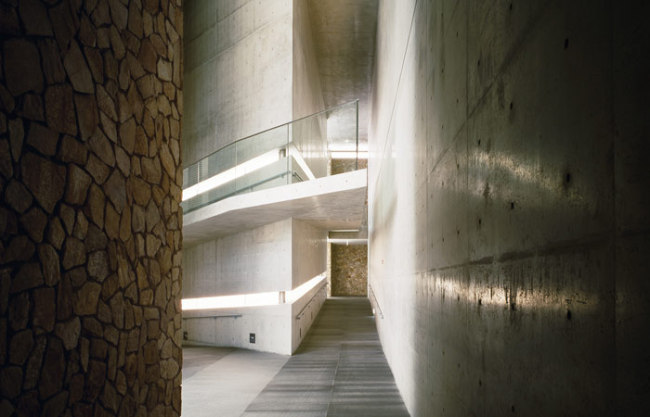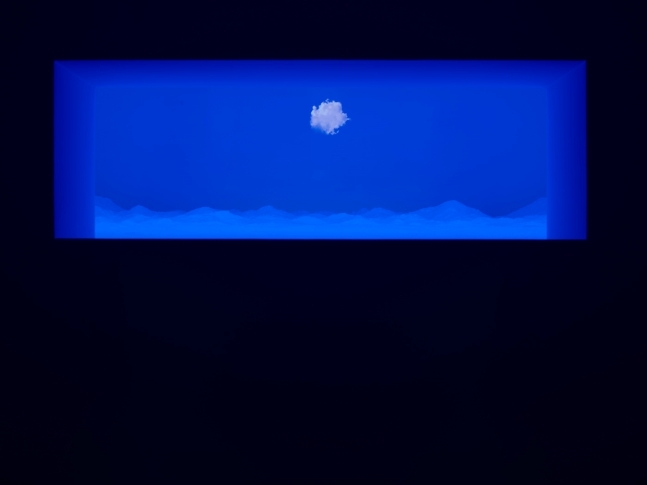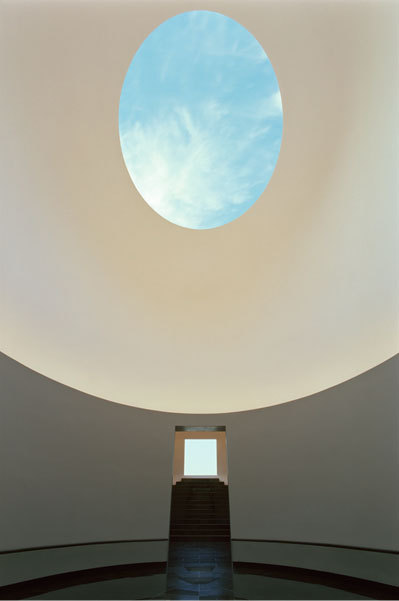Meeting trees, forests and mountains and ourselves at Museum San
‘Meditation in a Landscape’ celebrates museum‘s fifth anniversary
By Im Eun-byelPublished : Oct. 11, 2018 - 17:48
While art galleries and museums are usually associated with a refined atmosphere, Museum San distinguishes itself by fully embracing nature as a frame.
Designed by Japanese architect Tadao Ando, the museum defines itself with three words: space, art and nature. It is located next to the Oak Valley, a resort complex of golf courses and ski slopes, less than two hours’ drive from central Seoul.
Designed by Japanese architect Tadao Ando, the museum defines itself with three words: space, art and nature. It is located next to the Oak Valley, a resort complex of golf courses and ski slopes, less than two hours’ drive from central Seoul.

To enter the museum, visitors must walk through natural scenery, crossing a flower garden. The sounds of insects entertain the ears and the autumn sunlight warms the shoulders.
Next in the path to the museum proper is the Water Garden, which shows the essence of Ando’s architectural philosophy and style. Shallow pools of water, stacked into a wide staircase shape, show reflections of the museum building and the nearby mountains.
Celebrating the fifth anniversary of its opening, “Meditation in a Landscape” runs until March 3. The exhibition includes 14 artworks by local artists. The pieces fall under three categories -- tree, forest and meditation.
“There are numerous gardens within the museum. We planned the exhibition, so that the visitors can take a walk across (the exhibition) space with the art pieces, after walking across the actual gardens,” said curator Kim Yong-min during a press event recently held at the museum.


Kim Seung-young’s “Cloud” shows a patch of cloud above a vast space of snow. Inspired by the snow of Antarctica, the artist shaped 980 kilograms of salt over a two-day period.
Jung Seok-hee’s drawing and video installation “Fire on Wild” shows how the artist repeated the process of drawing and erasing, resembling how a fire is set and spreads across a wild plain.
For the anniversary show, the museum brought out its collection of 22 landscape pieces. The collection is entitled as “Looking into Korean Art, Part 4: Landscape Painting.” Ages-old paintings and more recent works are on display together.
While appreciating the artworks, visitors walk along the staircases and corridors created by Ando. After enjoying the indoor gallery, it is time to step out into the nature once again. To see the works of James Turrell, visitors must cross the Stone Garden, inspired by the old tombs from the Silla Kingdom (668-918).
By November, a dome-shaped space by Ando will open at the garden. Designed as a place for meditation, various meditation programs will be held at the space.
At a separate building, four works by Turrell, the celebrated American artist, are on display -- “Sky Space,” “Horizon Room,” “Ganzfeld” and “Wedgework.” To enjoy the works, visitors must walk through a pitch-black corridor, which leaves their eyes sensitive to the tiniest hint of light.

“Ganzfeld” and “Wedgework” play with human’s interpretation of space and light, showing us how easily human perception is fooled. After looking up at the sky, a constantly-changing art piece, in “Sky Space,” the visitors walk through the “Horizon Room,” going up the staircase to be greeted by the sky.
Nearly 2,000 visitors visit the museum on the weekends during the peak season -- in spring and fall, according to the museum.
“Rather than simply appreciating the art pieces, this museum is a place to rest. We hope to serve as an art gallery that those in in cities cannot fulfill,” Oh Kwang-su, the director of Museum San said.
The admission fee for the gallery and the James Turrell building is 28,000 won ($24.70) for adults and 18,000 won for students. Tickets for gallery entrance only cost 15,000 won for adults and 10,000 won for students.
To visit the museum using public transportation, take an express bus to Wonju from Dong Seoul Terminal. A free shuttle bus ride to the museum is available from the Wonju Intercity Bus Terminal.
For more information, check Museum San’s website at www.museumsan.org.
By Im Eun-byel (silverstar@heraldcorp.com)









![[Kim Seong-kon] Democracy and the future of South Korea](http://res.heraldm.com/phpwas/restmb_idxmake.php?idx=644&simg=/content/image/2024/04/16/20240416050802_0.jpg&u=)








![[KH Explains] Hyundai's full hybrid edge to pay off amid slow transition to pure EVs](http://res.heraldm.com/phpwas/restmb_idxmake.php?idx=652&simg=/content/image/2024/04/18/20240418050645_0.jpg&u=20240418181020)

![[Today’s K-pop] Zico drops snippet of collaboration with Jennie](http://res.heraldm.com/phpwas/restmb_idxmake.php?idx=642&simg=/content/image/2024/04/18/20240418050702_0.jpg&u=)